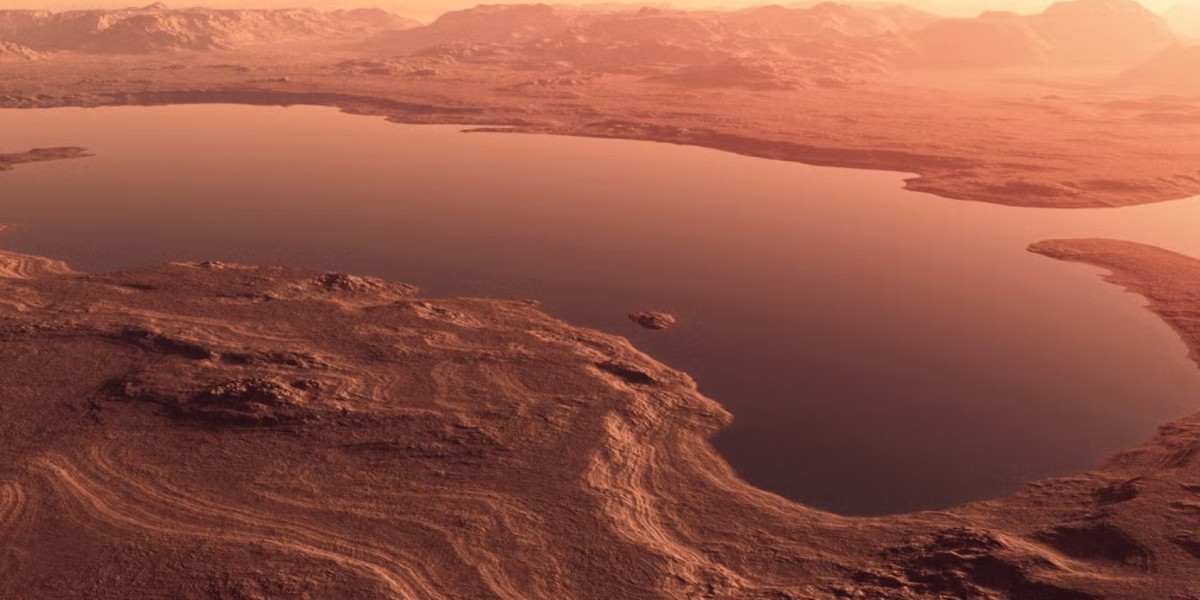For years, scientists have asked one haunting question: Could Mars have once supported life?
Thanks to a groundbreaking update from NASA, we’re now closer to that answer than ever before. The Curiosity rover, which has been exploring the red planet for over a decade, has just uncovered surprising evidence that water may have lasted on Mars far longer than we once believed — and that changes everything.
Let’s take a closer look at what was found, why it matters, and how it might shape the future of space exploration.
What Did the Curiosity Rover Discover?
NASA’s Curiosity rover recently spotted something truly astonishing: ripple marks preserved in Martian rock — similar to what you’d see in shallow water here on Earth.
Here’s why that’s a big deal:
These ripple patterns are thought to be over 3.6 billion years old.
They suggest that liquid water may have been present on Mars for a much longer period than scientists once thought.
Instead of drying up quickly, water might have pooled and flowed across the surface for millions of years.
? The discovery was made at the base of Mount Sharp, located inside Gale Crater — a site NASA has been studying for its rich geological history.
Why This Discovery Is a Game Changer
Until now, most of the evidence we had of water on Mars pointed to short-term events like flash floods or melting ice. But this new evidence paints a much more promising picture — one of stability and time.
Here’s why it matters:
It suggests Mars had areas where water stayed for extended periods — possibly long enough to support microbial life.
Water stability increases the chances of habitability, making Mars even more fascinating for astrobiologists.
This shifts how we think about Mars’ climate and atmospheric history.
As we all know from life on Earth: where there’s stable water, there’s often life — or at least the conditions for it.
A Fresh Look at Gale Crater
Gale Crater is no ordinary hole in the ground. It’s a 96-mile-wide time capsule created by an ancient asteroid impact. Over time, it collected layers of sediment that preserve the planet’s environmental changes — like chapters in a book.
Here’s what makes it special:
? Mount Sharp, which rises in the middle, is made of layered rock that holds billions of years of Martian history.
? Each layer tells a story about climate, chemistry, and possibly even biology.
The most recent findings were made in an area once believed to be dry — now proven otherwise.
This discovery is flipping long-held assumptions on their heads and breathing new life into Mars research.
The Science Behind the Ripples
So how do we know these rock patterns came from water?
NASA used Curiosity’s onboard instruments — cameras, sensors, and chemical detectors — to examine the shape and composition of the rocks. Scientists found what’s known as "cross-bedding" — sediment structures shaped by moving water.
Key findings include:
Ripple-like textures that are nearly identical to those made by shallow water on Earth.
Mineral signatures that typically form only in wet environments.
Sediment layers suggesting slow and long-lasting water activity — not just flash floods.
This gives researchers more confidence that Mars once hosted not just water, but water that stuck around.
What It Means for the Future of Mars Exploration
This isn’t just exciting — it’s shaping the future of how we explore Mars.
✅ For upcoming missions, like NASA’s Mars Sample Return and ESA collaborations, this discovery will help prioritize new sites for exploration.
✅ For human missions and long-term habitation goals, knowing that water may have existed in greater abundance is key. It gives hope that underground water reservoirs might still be found.
✅ For scientists, it means revisiting “dry” locations that could, in fact, hold hidden secrets.
Future missions may focus more on:
Searching for biosignatures (evidence of past life)
Studying water-related mineral deposits
Identifying potential resource zones for human use
A Reminder of What’s Possible
This mission update from the Curiosity rover is more than just a science headline — it’s a reminder that Mars was once a dynamic, possibly livable world. And if water shaped Mars for millions of years, then the door to past life on the planet swings open just a little wider.
So, what have we learned?
Mars may have had water for a long time — not just briefly.
The Curiosity rover continues to rewrite what we thought we knew about Mars.
There’s more motivation than ever to keep exploring the red planet.
In Summary
? NASA’s Curiosity rover found ripple patterns in ancient Martian rocks — a clear sign that water once flowed and stayed on the planet much longer than previously believed.
? These discoveries were made in Gale Crater, a massive basin that’s revealing Mars’ environmental history layer by layer.
? The findings are fueling new interest in the search for life on Mars and will influence the direction of future robotic and human missions.







